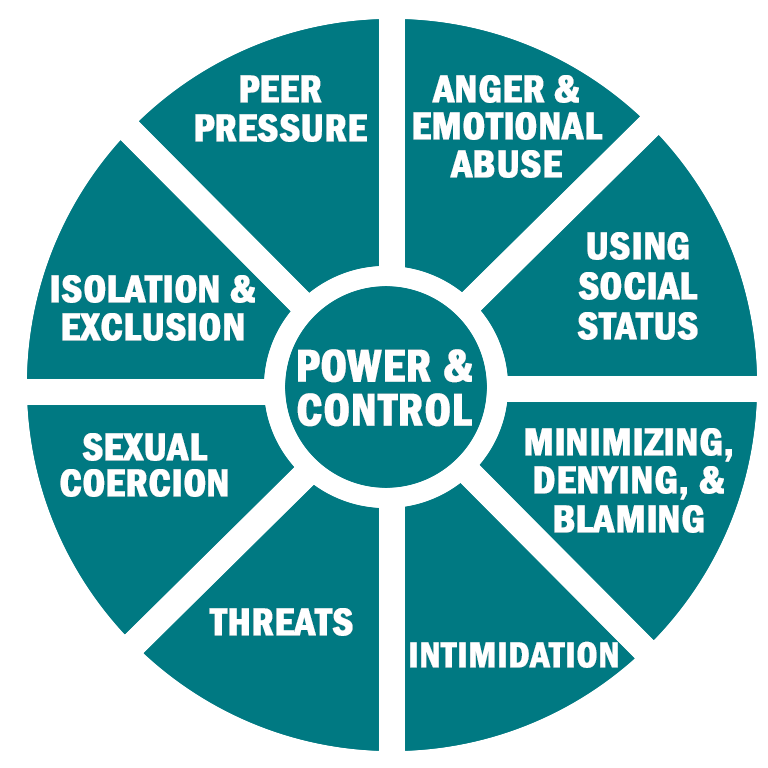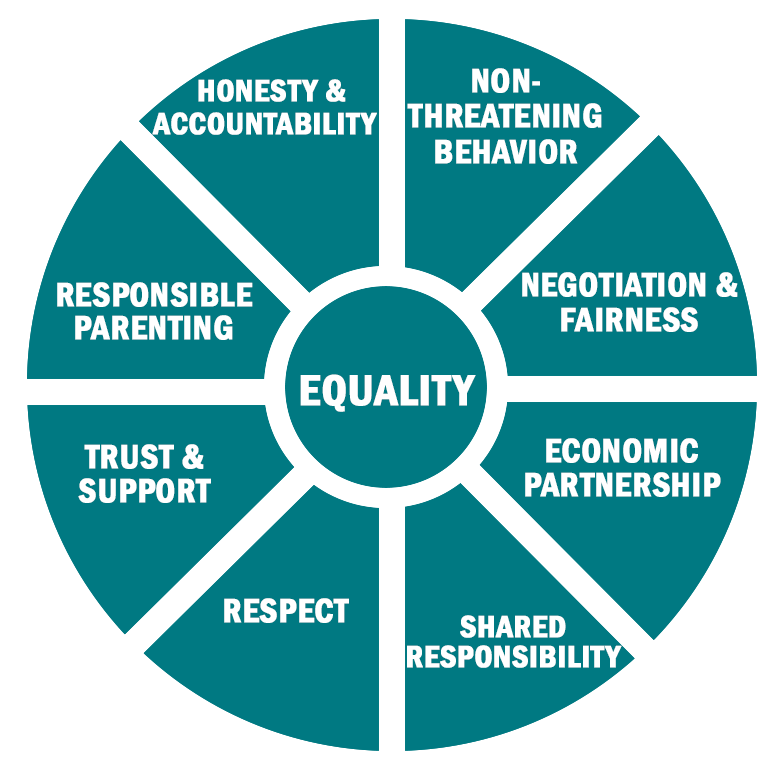Dating Violence
Dating violence is abusive behavior including physical, emotional, financial, or sexual abuse in order to gain power and control over another person in a casual or serious relationship. Any person can experience dating violence or unhealthy relationships. It affects men, women, and children of all ages, races, ethnicities, religions, disabilities, sexual orientations, and socioeconomic statuses. Dating violence does not discriminate. Remember, abuse does not have to be physical in order to be abuse. Emotional, psychological, and financial abuse, as well as pressure and coercion are abusive. Each type of abuse is serious and no one deserves to experience abuse of any kind. If you or someone you know is experiencing violence, do not hesitate to contact us. We are here to offer support.
Signs of Dating Violence
- Physical abuse, including hitting, slapping, biting, kicking, and pushing
- Tells you they can’t live without you
- Threatens to hurt themselves, you, or others if you break up
- Is jealous and possessive about the time you spend with friends
- Constantly messages and calls, and gets upset when you do not respond immediately
- Pressures you into sex, sexual acts, drugs, and/or alcohol when you don’t want to
- Your weight, appearance, or grades have changed dramatically because of the relationship
- Puts down your accomplishments or goals
- Blames you for how they feel
- Embarrasses or makes fun of you in front of your friends, family, or teachers
- Uses intimidation or threats to get their way
- Tells you that you are nothing without them
- Makes you feel like they are smarter and you are unable to make decisions
Power and control are present whenever there is violence. Abusive power and control are the methods through which someone gains and maintains power and control over someone else. The Power and Control Wheel shows behaviors that may occur in dating or domestic violence relationships. In all of our relationships, we can strive for positive behaviors and healthy relationships as shown in the Equality Wheel.

Peer Pressure – Threatening to expose someone’s weakness or spread rumors. Telling malicious lies about an individual to peer group.
Anger & Emotional Abuse – Putting them down. Making them feel bad about themselves. Name calling. Making them think they are crazy. Playing mind games. Humiliating one another. Making them feel guilty.
Using Social Status – Treating them like a servant. Making all the decisions. Acting like the “master of the castle”. Being the one to define men’s and women’s roles.
Minimizing, Denying, & Blaming – Making light of abuse and not taking concerns about it seriously. Saying the abuse didn’t happen. Shifting responsibility for abusive behavior. Saying the non-abusive partner caused it.
Intimidation – Making someone afraid by using looks, gestures, or actions. Smashing things. Destroying property. Abusing pets. Displaying weapons.
Threats – Making or carrying out threats to do something to hurt another. Threatening to leave, to commit suicide, or to report them to police. Making them drop charges. Making them do illegal things.
Sexual Coercion – Manipulating or making threats to get sex. Reproductive coercion. Threatening to take children away. Getting someone drunk or drugged to get sex.
Isolation & Exclusion – Controlling what another does, who they see and talk to, what they read, and where they go. Limiting outside involvement. Using jealousy to justify actions.

Honesty & Accountability – Accepting responsibility for self. Acknowledging if there has been past abuse.
Non-Threatening Behavior – Talking and acting in ways that make your partner feel safe to express themselves. Commitment not to use threats or manipulative actions.
Negotiation & Fairness – Seeking mutually satisfying resolutions to conflict. Accepting change. Being willing to compromise.
Communication – Communicating openly and truthfully. Being honest to oneself and one’s own feelings.
Shared Responsibility – Mutually agreeing on fair distribution of work. Making decisions together. Sharing parenting responsibilities when there are children.
Respect – Listening non-judgmentally. Being emotionally affirming and understanding. Valuing opinions.
Trust & Support – Supporting each other’s goals. Respecting each other’s rights and individual feelings, friends, activities, and opinions. Overcoming jealousy and envy.
Independence & Autonomy – Recognizing interdependence. Awareness of dependence needs. Accepting individual ‘separateness’. Postering individual identity.
